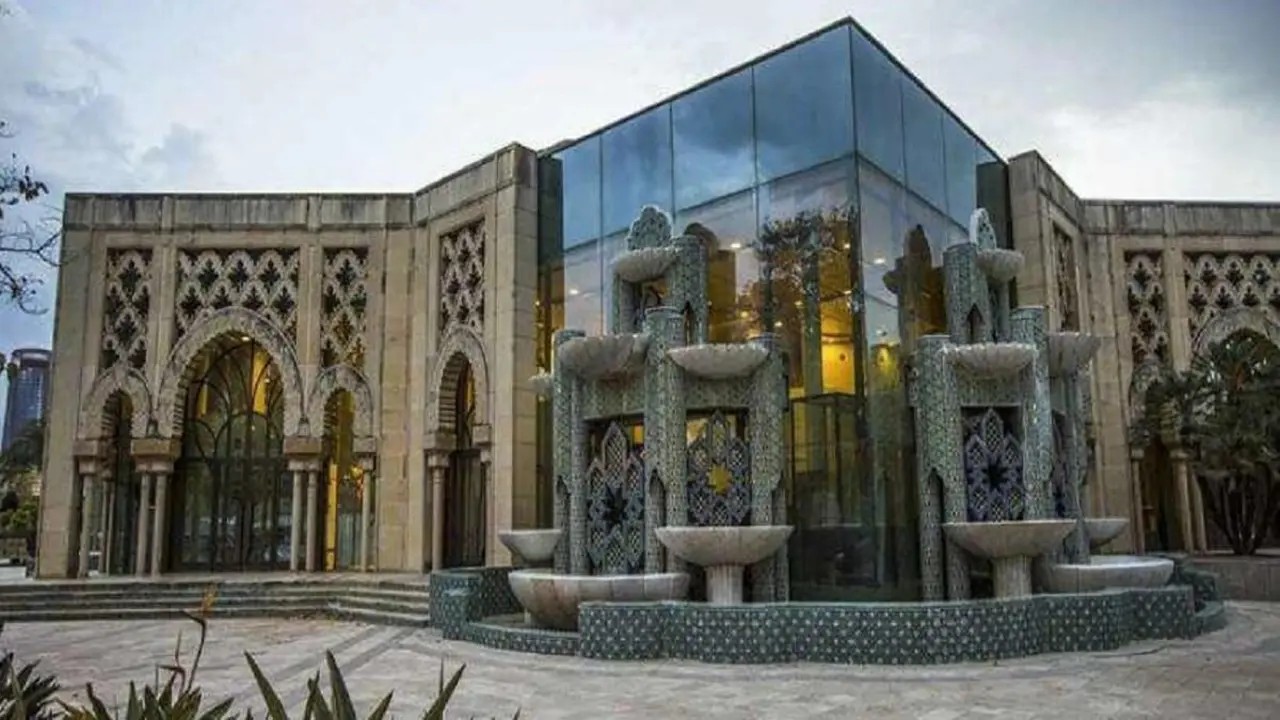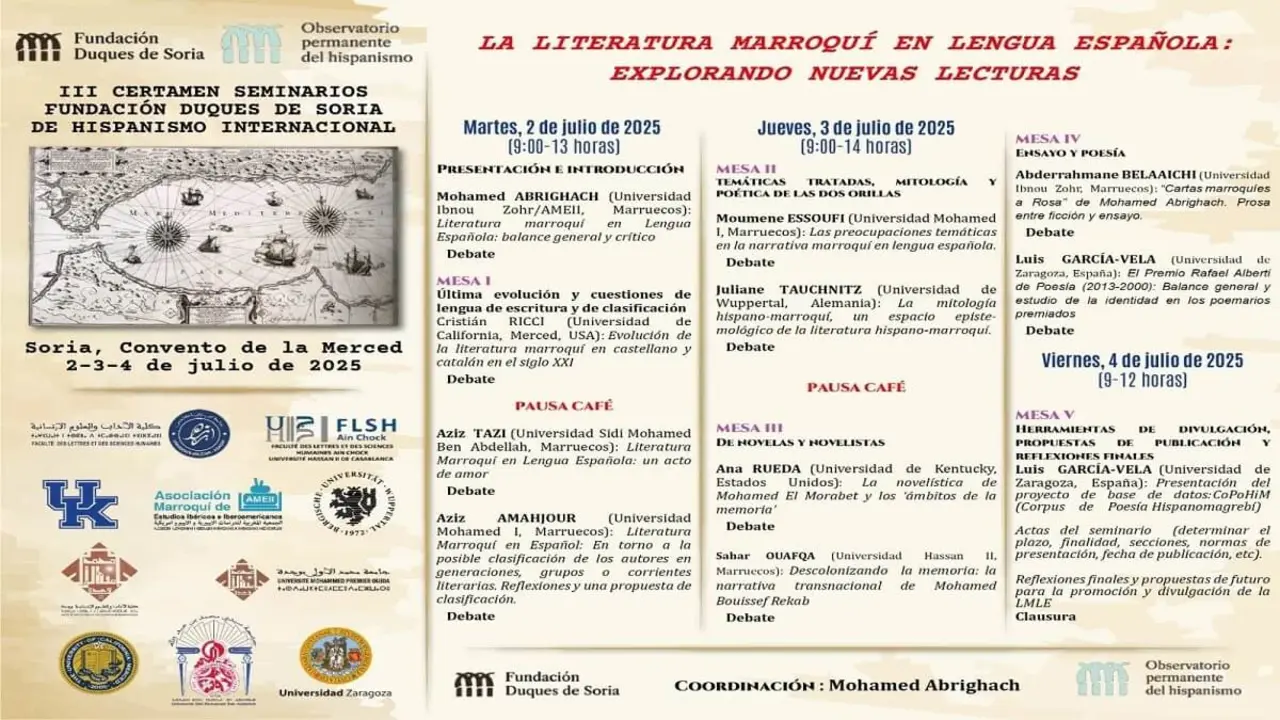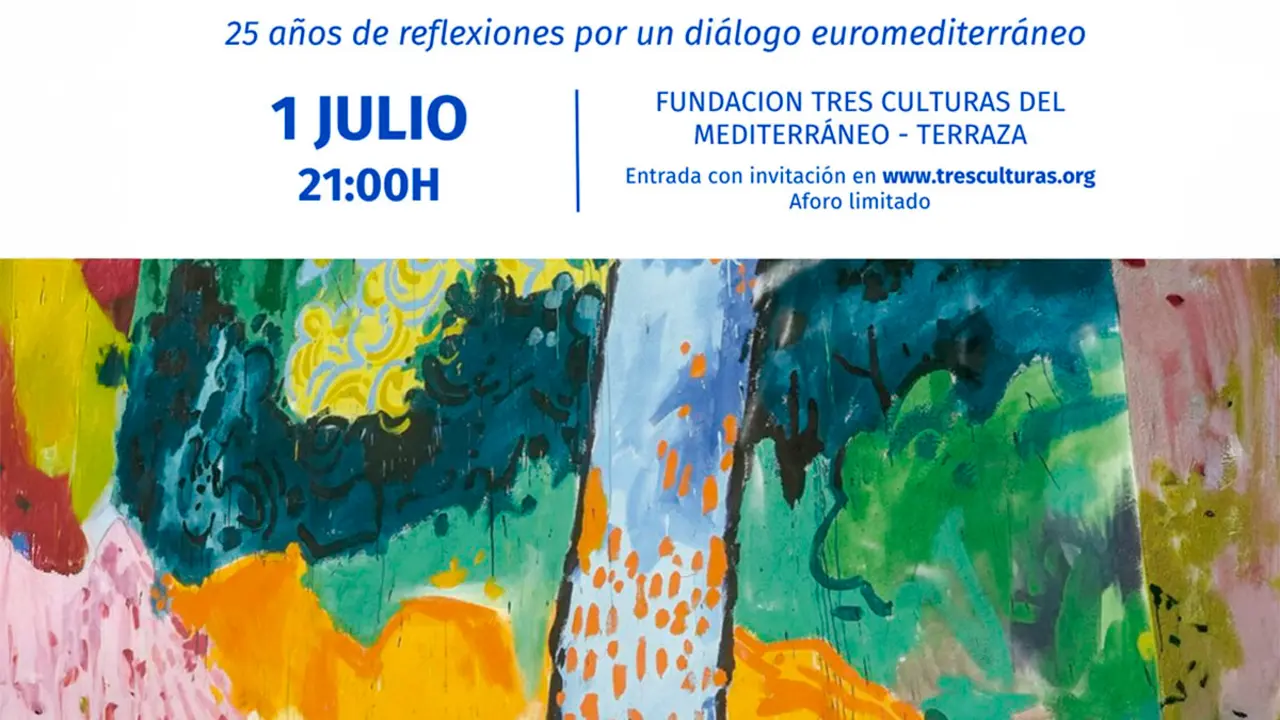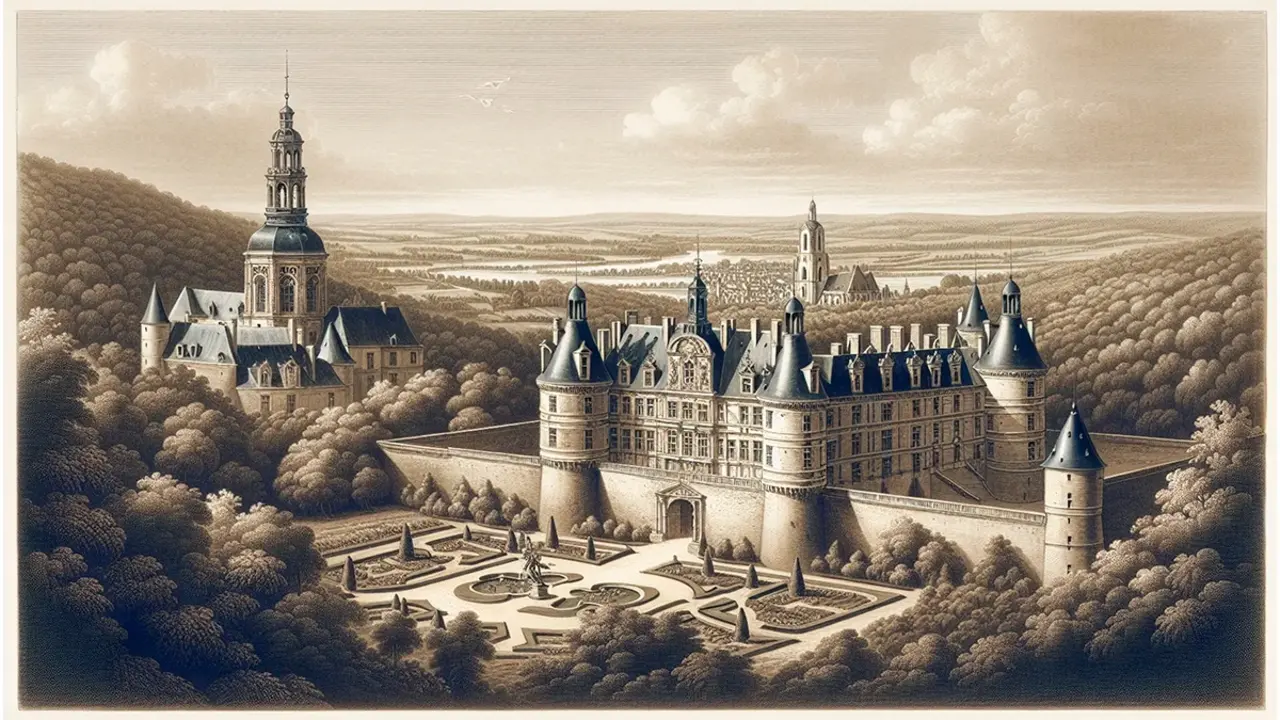Ephemeral landscapes of the sun in Africa and the Middle East

Nature in flight, Exodus, Life in circles and Mutations make up the four chapters of the winning group exhibition of the NUR 2024 call for entries at Casa Árabe, organised in collaboration with PhotoEspaña. Under the generic title Ephemeral Landscapes of the Sun, nine artists from Africa and the Middle East, born in the 1980s and 1990s, demonstrate their impressive artistic vitality. Roger Anis, M'hammed Kilito, Salih Basheer, Imane Djamil, Ebti Nabag, Yumma Al Arashi, Tanya Habjouqa, Abdallah Al Khatib and Leila Chaini make up the cast. All of them capture in their images stories of illusion in order to find solutions to conflicts and deprivation, and emotionally charged exoduses.
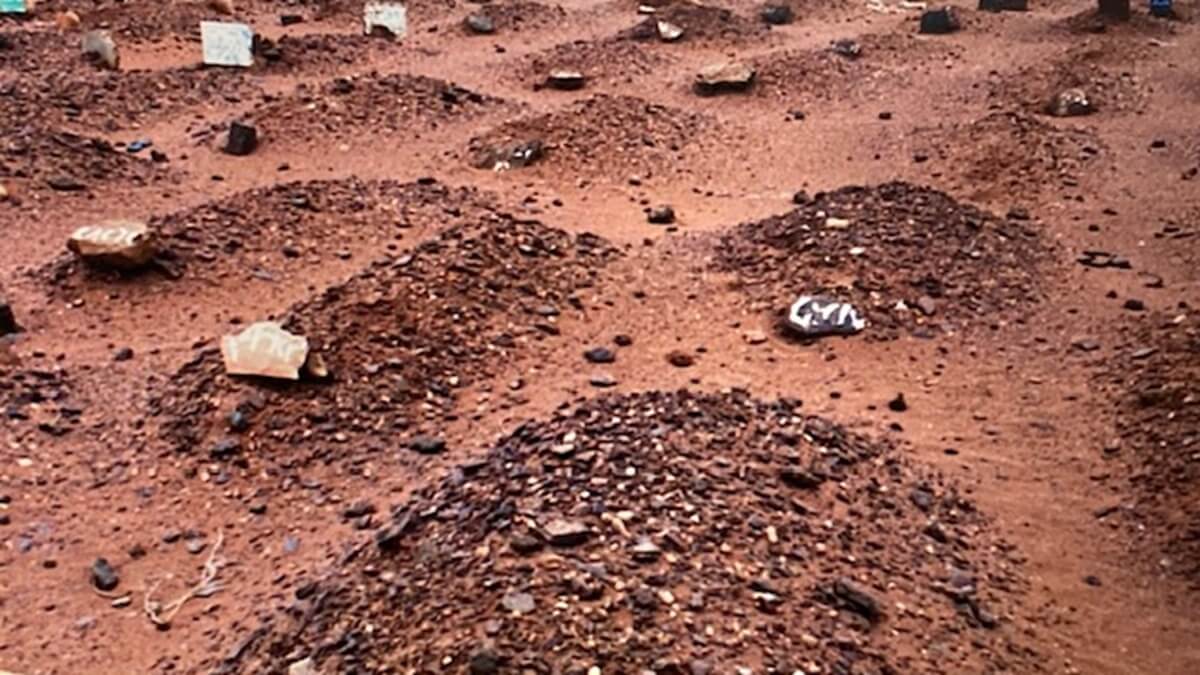
The works, chosen and positioned by the curators of the exhibition, Analía Iglesias and Irene Díaz, are intended as a demonstration of what they call "perpetual movement". In this way, they allude to the fact that in Arab societies everything is movement, although sometimes the mirrors remain immobile. In waiting, there are those who are accustomed to the fleeting; to destruction and reconstruction; to the game of draughts at a makeshift table in the medina; to the rebirth of each day at a souk stall, putting back on sale the objects that are sheltered each night. Because the street is also a landscape of ephemeral architecture. "And knowing that nothing is eternal is part of knowledge", they say.
Starting with the first section of the exhibition, Nature on the run is represented by the Nile and the oases of the Maghreb. After the shock of an ancient drought, the great river of the African continent has continued to meander majestically, although of its seven branches only two remain, perhaps because it has been admitting all kinds of polluting factories on its banks, shrinking faster than would be desirable.

Little by little, the sustainable crops on the terraces of this and other rivers and the date palms which, in the oases, barely needed a few drops of water to become giants, were replaced by unsustainable ambitions. The agri-food industry has become unstoppable and devastating.
Exodus features the work of the Sudanese Salih Badheer and the Moroccan Imane Djamil, who portray the moves, persecutions and disembarkations of those who escape from some hell or decide to throw themselves into the sea without a net. This chapter of the exhibition exclusively features part of the series "Slow Days on the Lucky Island", a graphic story about the migratory relationship between Tarfaya, in Morocco, and Fuerteventura, in the Canary Islands.
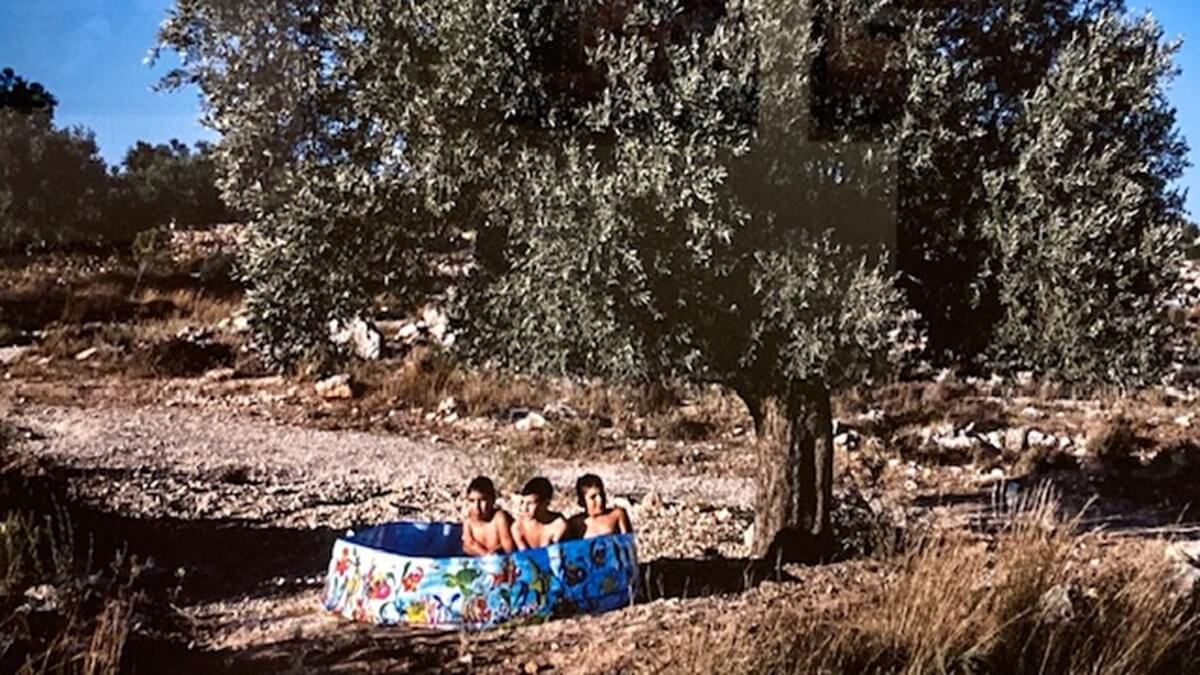
Life in a circle. Or, in other words, being cornered in a blocked space, with no way out. In Ebti Nabag's images, the women who support their families thanks to small itinerant shops in Khartoum are forced to walk in circles. The artist links a constituent element of the social fabric in Sudan, tea, with the difficulties of the market, inflation and the resilience of these people, who always carry on.
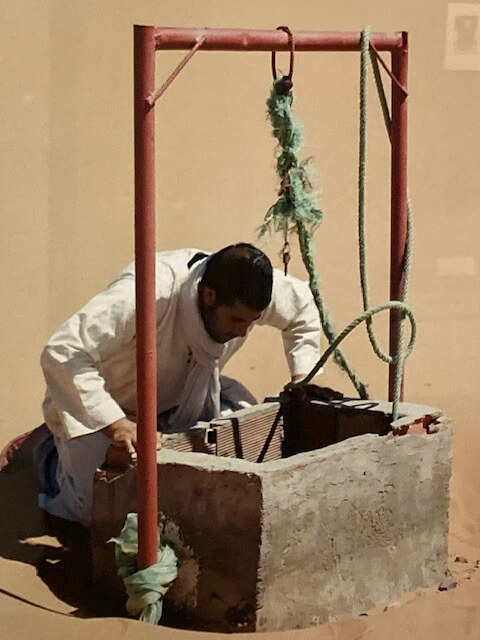
And finally, the exhibition closes with Mutations to lose fear, or rather fears, from the perspective of Yumna Al-Arashi, Tanya Habjouqa and Leila Chaibi. Women who tell the story of women's lives. They carry on their shoulders the weight of certain traditions that prevent them from emancipating their desire. The reflection offered of them is often a still photo, but the mirrors of their own sexuality contain dynamism. And something is moving today; even some men are joining the tribute that rescues the courage of the pioneers.
One is left with the impression of having seen how the tangible meets the ancestral, poetic and mystical worlds. A transformation that can make it easier to lose one's fears, to make issues such as gender and identity more flexible and, in short, to trust in joy and in life.


